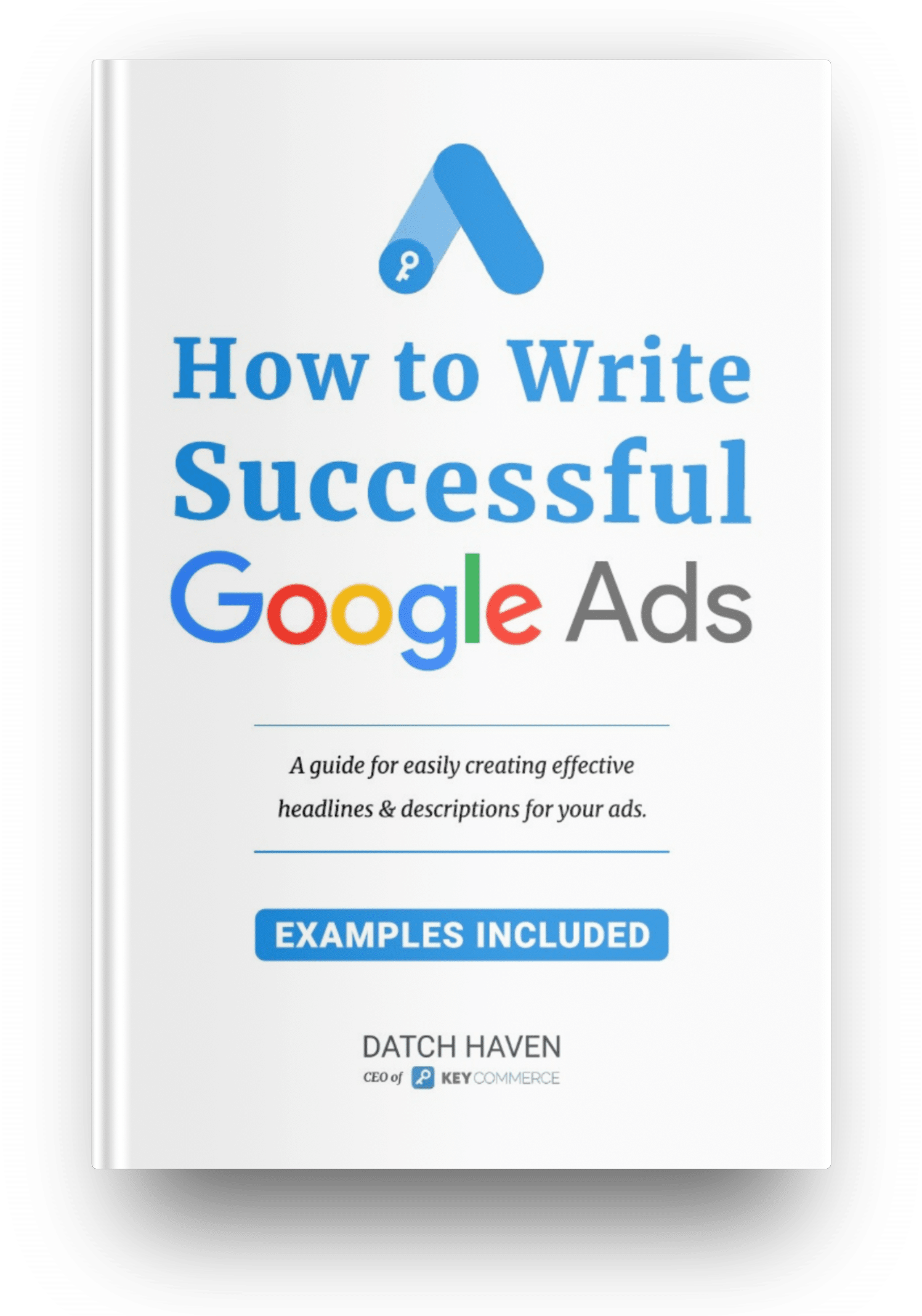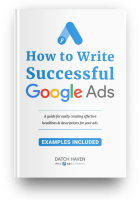What differentiates an ecommerce business from a successful ecommerce business is the ability to use metrics to make decisions that ensure continued success. Smart entrepreneurs are those who understand data and can make efficient use of data available to them in making the right decisions for their business.
Are you familiar with the word metrics but have no idea what it means or which ones you should really pay attention to? Let’s get you up to speed.
Metrics are measurable parameters that give a breakdown of how well your business is doing based on your website. With the right understanding, they can be useful in making safe and correct decisions as regards your business.
More and more businesses are turning to eCommerce because it affords them the necessary data needed to monitor their progress and influence it as needed. The data generated in eCommerce is important because products usually cost less than services.
The differences in the cost per conversion and average order values can affect the bottom line seriously. These values can be readily obtained in google ads and analytics and they help you see how your campaigns are faring.
There are so many metrics available for an eCommerce business but some hold a higher statistical significance than the others. These metrics give a clearly visible and easily understandable depiction of where the business stands.
It is important for a business owner to be able to identify these and to understand what they mean as well as how they relate to other metrics.
Below are some of the most important metrics that we think you should pay more attention to in order to make better business decisions.
- Average Order Value (AOV)
- Conversion rates
- Website Traffic
- Customer Acquisition Cost
- Customer Retention Rate
- Bounce rate
- Cart Abandonment Rate
Average Order Value (AOV)
The average order value simply refers to the average amount of dollars that a customer spends on the purchase from your website over a given period. This is one parameter that needs to be monitored carefully as it can tell on the success of a business.
It can easily be determined by dividing the total value of your sales over the relevant period of time by the total number of carts. You can calculate this metric daily, weekly, monthly, or quarterly depending on the traffic your store experiences or your preference.
However, it is likely that breaking the values down to shorter periods will enable you to identify patterns that you can work on eliminating or enhancing. A store with low traffic can have the same AOV as one with high traffic, depending on a variety of factors such as the price of the products they have put up for sale.
If you have a large variety of products with varying prices, you can expect either extremes of the AOV values but with the right adjustments, you can make the best of the situation. More profit is made the more the customers purchase in a single order.
To calculate this, use this formula;
AverageOrder Value=Total Revenue/Number of orders placed
If this value is low, it can be bad for your business. You want to keep your AOV value high enough to ensure a consistent inflow of profit. You can increase the amount spent by each customer by encouraging them to buy more.
Useful techniques include giving a discount for a minimum level of purchase or suggesting products that are related to what they have added to their cart. The higher your AOV is, the higher your profit, and you are certainly in business for profit amongst other things. You can also offer free shipping or delivery for higher total purchase values.
Conversion Rates
Your website can have as many as one million visitors in a day but what is more important to you and best for your business is for every single one of them to become a customer which usually isn’t the case.
The conversion rate gives a measure of how many visitors take a step further. You want to know how many visitors subscribe to your mailing list, add items to their cart, reach the checkout, and ultimately make a purchase. As a startup, you want as many visitors as possible because this proves that your business is gaining attention.
However, you grow to a point where profit begins to matter more than getting people to know your brand. Here, you want more customers than visitors. You want visitors to become customers and even have a good number of them as returning customers. These records are called conversion rates and they are very important.
Most eCommerce platforms already keep track of your conversion rates. More attention needs to be paid to this metric as it affects others seriously. Some important conversion rates include referral conversion rate, return visitor conversion rate, etc.
If the values are rising, it means that you are doing some things right. However, if your conversion rates are dropping, you might want to consider some conversion optimization programs. Low conversion rates will cause a drop in your profit.
This metric can be calculated as below;
Conversion rates= Number of email subscription or orders generated/Total number of visitors
Website Traffic
Your conversion rate is an important parameter but this is more obvious when it is looked at in the context of your traffic. Your website traffic simply means the total number of visitors you have on your website.
If your conversion rate is 10% and you have 1000 visitors, this implies that 100 visitors make a purchase. This invariably means that the higher your traffic is the more sales you make which leads to more profit. Your traffic is usually recorded by the eCommerce platform you are using and can be viewed in the analytics section. There are so many potential customers for your business among the millions of people with internet access.
There is no formula to calculate this since it just involves counting the visitors to your website. You can improve your traffic by posting the link to your website on your social media or employing the services of social media influencers. You can also use search engine optimization.
A high website traffic for a new business means that you are gradually gaining the recognition that is required to establish your brand in the minds of potential buyers. However, in the case of a grown business, it means there are more opportunities for new customers to be gotten.
Truthfully, your returning customers will also make up part of the traffic but these high numbers show that people are interested in what you have to offer and that is the first in a number of good steps that will likely lead to a purchase.
Customer Acquisition Cost (CAC)
This metric has gained increasing popularity over the years and it is simply a comparison of the total amount of money your business has put into getting customers over a period of time with the number of customers, not visitors such expense has yielded over the same period. This is what it costs you to get one customer.
It is also referred to as the amount of money spent to convince a customer to make a purchase. The CAC is important to your company as well as your potential investors.
To ensure that you make profits, you must ensure the efficient use of your acquisition channels, so that you don’t spend too much to get only a few customers in the end. It is important for you to know the various acquisition channels available to you and how to make the best of them.
It is wise to never exceed the maximum cost. The CAC includes all expenses including campaigns and marketing costs. Ideally, you should expect a good number of your visitors to be converted to customers if you have put money into making that happen. Sadly, this is not always the case.
A good CAC for one company might be bad for another when other parameters like the AOV and conversion rates are considered. If your AOV is two times the value of your CAC or more, that should be good or close to good depending on your business goals and other expenses that incur.
Note that the amount of money spent on acquisition channels varies depending on the targeted regions. Also, note that a higher conversion rate with lower traffic is likely more profitable for any business than high traffic with lower conversion rates. The CAC shows how effective your marketing initiatives are. The CAC can be calculated as below;
Customer Acquisition Cost=Total sales and marketing expenses/Number of customers acquired
Customer Retention Rate
When visitors make a purchase, they become customers and this likely puts a smile on your face. However, of these customers, there are some that return probably because they love your customer service, or enjoyed your product.
The percentage of all your customers that stay with you for a given time is called your Customer Retention Rate. It is relatively easier to get new customers from your visitors than to keep them coming back. If a customer returns, it is likely that they have put trust in your brand. These customers help you pay off your customer acquisition costs time and over with their return purchases.
It is, therefore, necessary for you to keep this number high always. Focusing too much on getting new customers can cost you returning customers who are important to the survival and success of your business. In order to keep your customers coming back, you must keep them happy with your products.
You want to ensure that the delivery and shipping condition of the products please them. Don’t give them room to doubt the credibility and trustworthiness of your brand. You must keep your existing customers engaged with useful prompts so that they keep coming back to buy from you. Asking them what you can do better is also important.
It shows a commitment to improvement and can boost your trust scores by making your customers feel relevant. This parameter is also monitored over a given period to avoid ambiguity. The customer retention rate can be calculated as follows;
Customer Retention Rate=Number of customers at the end of the period-New customers during the periodNumber of customers at the beginning of the period
Bounce Rate
When some visitors arrive at your site, they immediately leave after visiting just one page. This percentage of visitors makes up the bounce rate. This is one of the metrics that helps you keep an eye on the shoppers and browsers who visit your website. This is usually as a result of the page visited not being very relevant to what the customer wants or as engaging as is needed.
Many businesses crash daily because of a high bounce rate. This signifies that people are not buying what you have to offer and sometimes, it isn’t because the product is terrible. Higher bounce rates are expected when your marketing bypasses your target market and goes to people who are not likely to buy.
Visitors are likely to leave a page if it is not as relevant as they deemed it to be. Truthfully, the bounce rate analytics do not tell you whether the clicks came from ads or through product searches. Some people land on your website while searching for a type of product that you have. They open other pages from other stores too and make price and review comparisons.
It is possible that they found a better price and better reviews on one of those other websites. Among the bounce rates are the clicks made by mistake. Nevertheless, even these clicks can be sources of customers if your page is optimized for awesome user experience.
A high bounce rate shows that your user experience is not up to par. This metric can be calculated with the formula below;
Bounce rate=Total number of one-page visitsTotal number of entries to the site
Cart Abandonment Rate (CAR)
Shoppers abandon their cart for various reasons ranging from a less than optimal user-experience to unexpected high additional costs like shipping costs. The CAR is the percentage of shoppers who add items to their carts and abandon them without completing their purchase.
This can be very disheartening for business owners but it usually points to some underlying cause that should be resolved in the best interest of the business. Carts can also be abandoned when the shopper has come across a better price than you are offering, when payment is declined, when the website crashes, etc.
Once you know your cart abandonment rate, you can begin to try out different strategies in order to reduce it. Hidden costs are about the most important causes of cart abandonment. You want to eliminate these and let your customers know what they are dealing with from the outset. People also abandon carts because they feel like the estimated time of delivery is too far.
A high cart abandonment rate means people are not buying what you are selling. It will likely go hand in hand with a low sales conversion rate. It is similar to the bounce rate except that it happens much later in the cascade of events and is more hurtful. If you reduce your CAR, you will increase your sales, conversion rates, and AOV which will ultimately lead to an increase in profits. The CAR can be calculated thus;
Cart abandonment rate=1 –Number of complete purchasesNumber of shopping carts created ×100
Cart abandonment rate=1 –Number of complete purchases/Number of shopping carts created ×100
Of course, there are a lot of other metrics that can be monitored but some are more important than others are for you to make the best decisions for your business.
They are important because they affect your business in more profound ways, contribute to your strategic goals, or affect other metrics. Of most importance to a business, however, is an increase in profit. Your Return on Advertising Spend (ROAS) and conversion volume are pointers to how much profit you are really making.
These metrics can be calculated manually but this can be rather stressful. For those that are recorded by your eCommerce platform, you can view the metrics in the analytics section. There are also a lot of tools that you can use to monitor these metrics. The best ones to use are those that allow you to view the metrics based on different parameters like device used, location, product, campaign, etc.
You don’t need to monitor all available metrics from the start of your business. The above-explained ones are very relevant for every business. As you grow, your business has an increasing amount of data and you begin to have a firmer grasp of what more metrics represent.
At this point, you can start to look to monitor others as they are relevant to your business as you grow further. There needs to be a balance that is healthy for your business and this can easily be done by monitoring these important metrics and making necessary adjustments to improve them.












